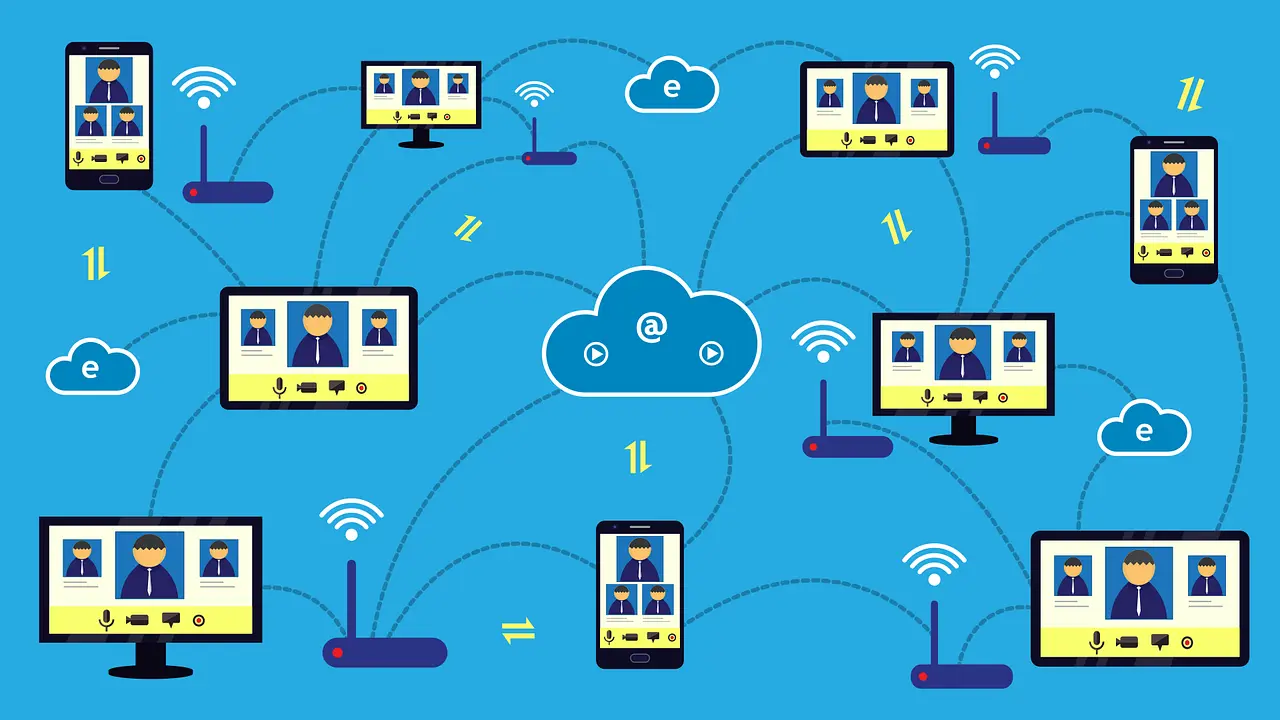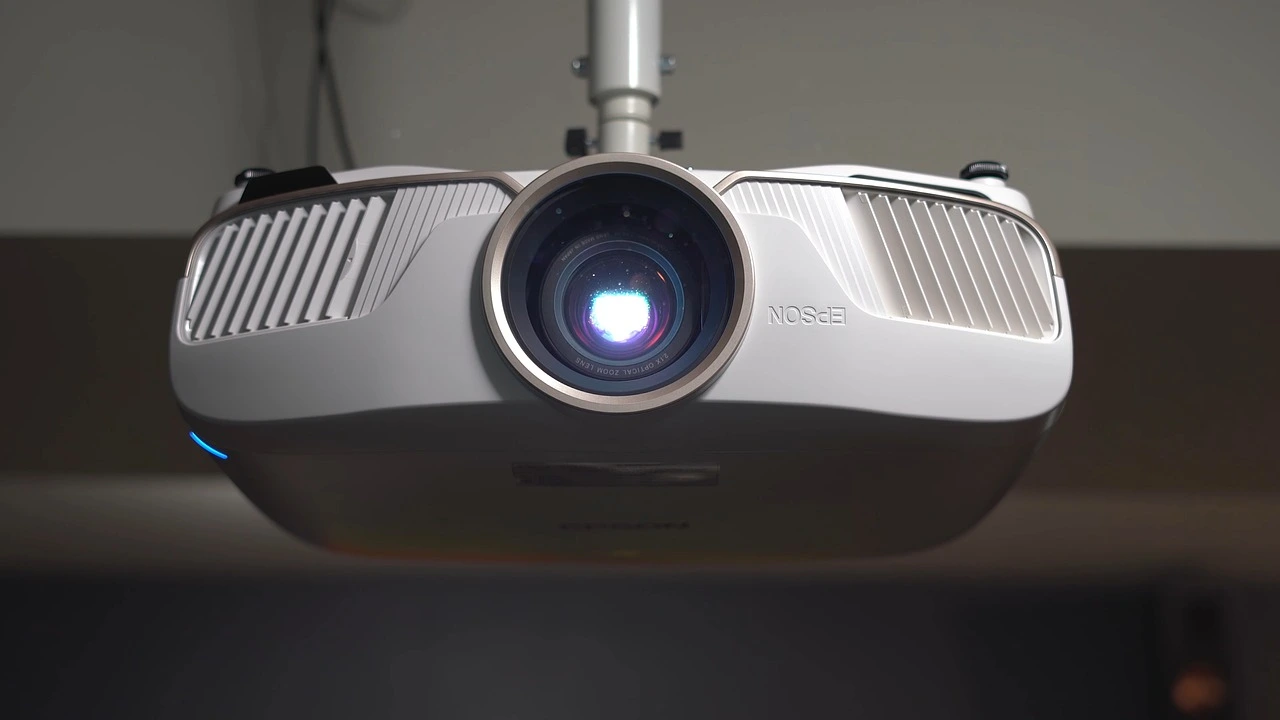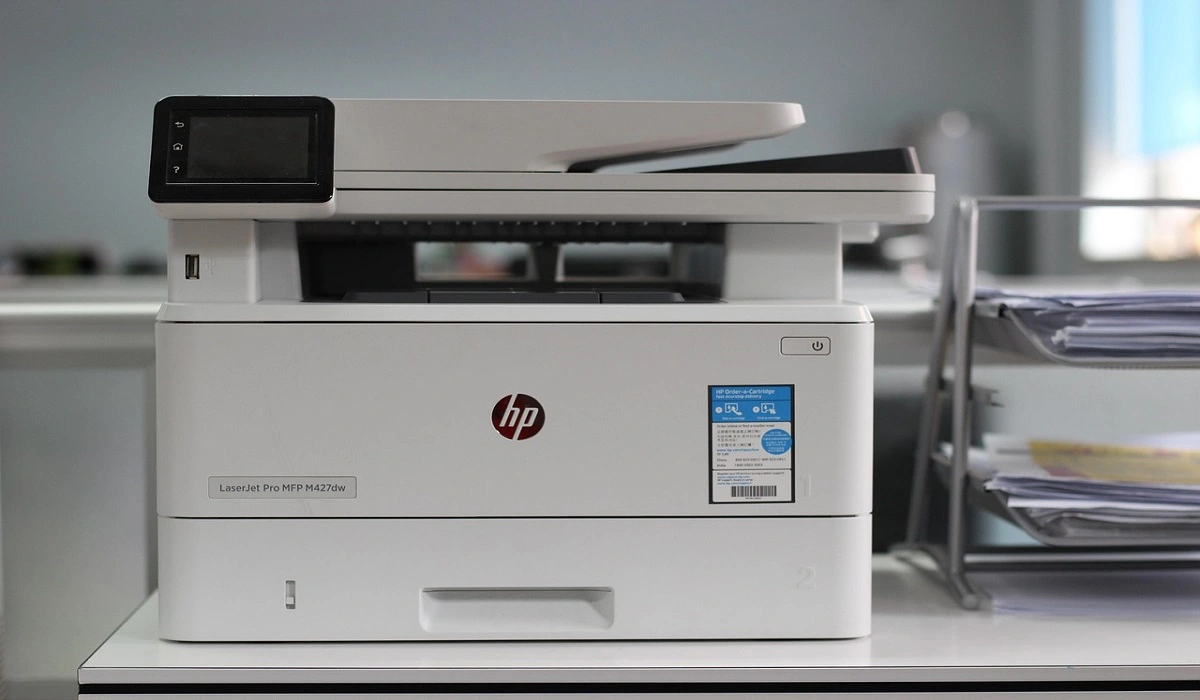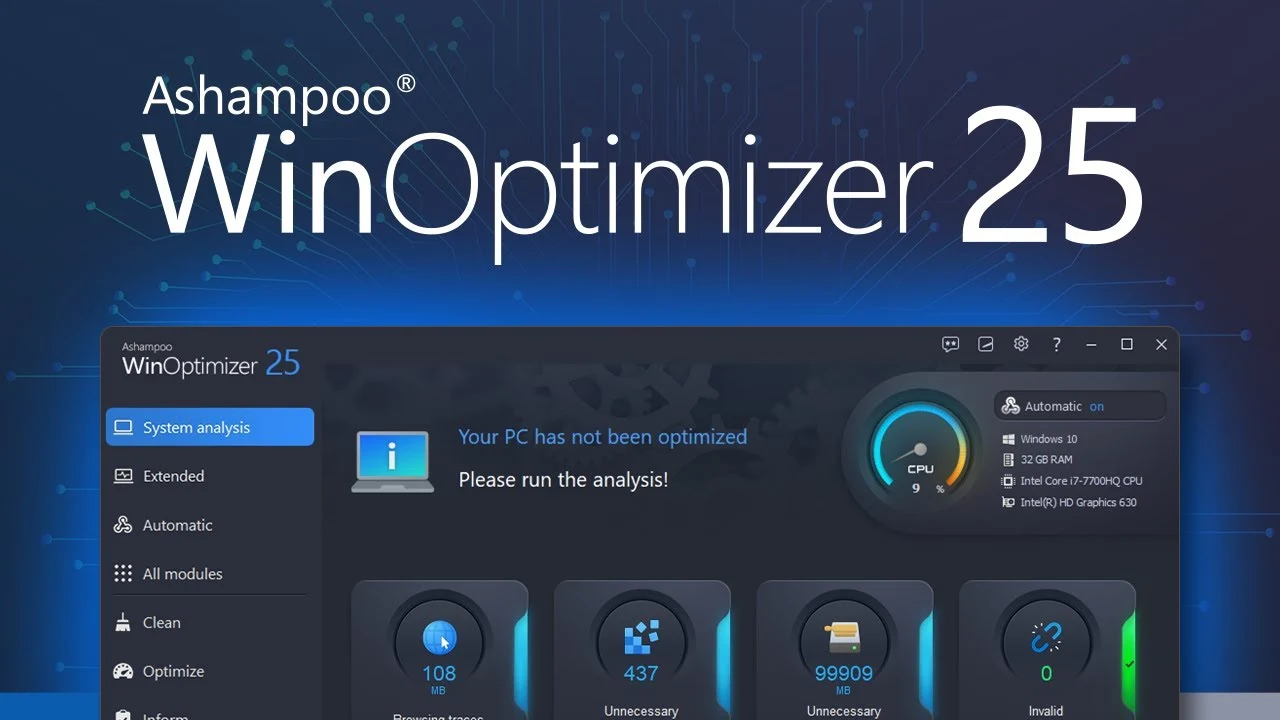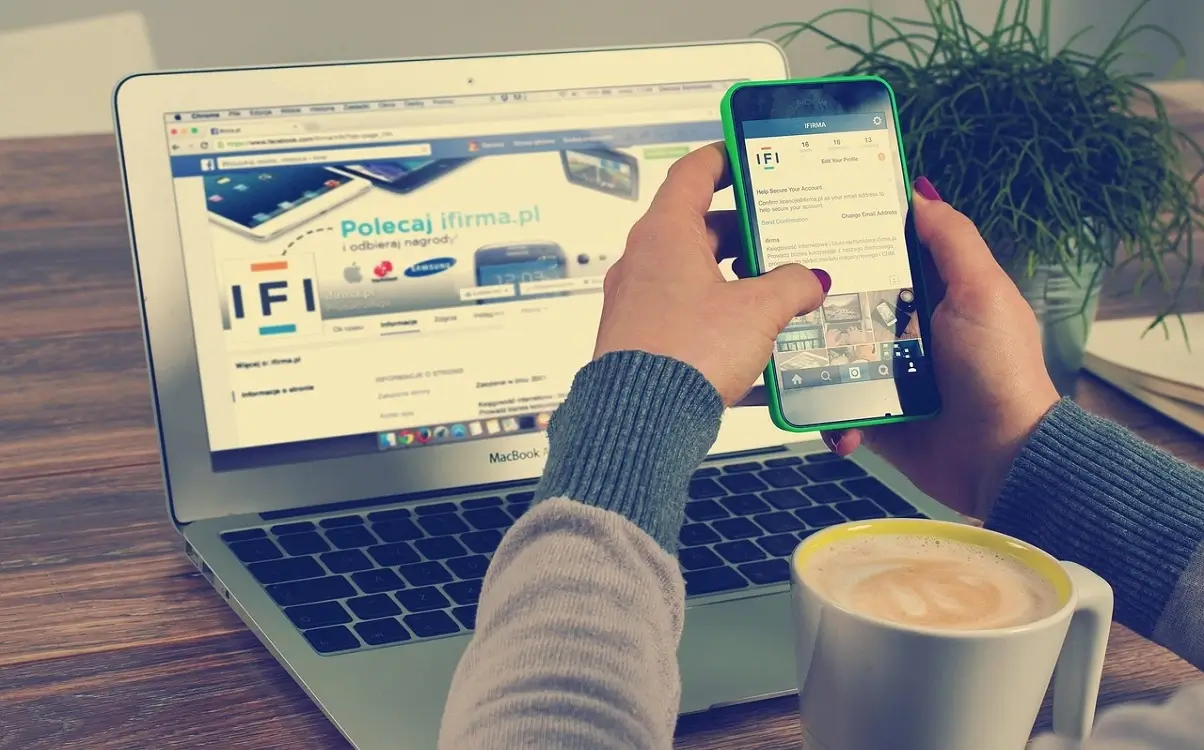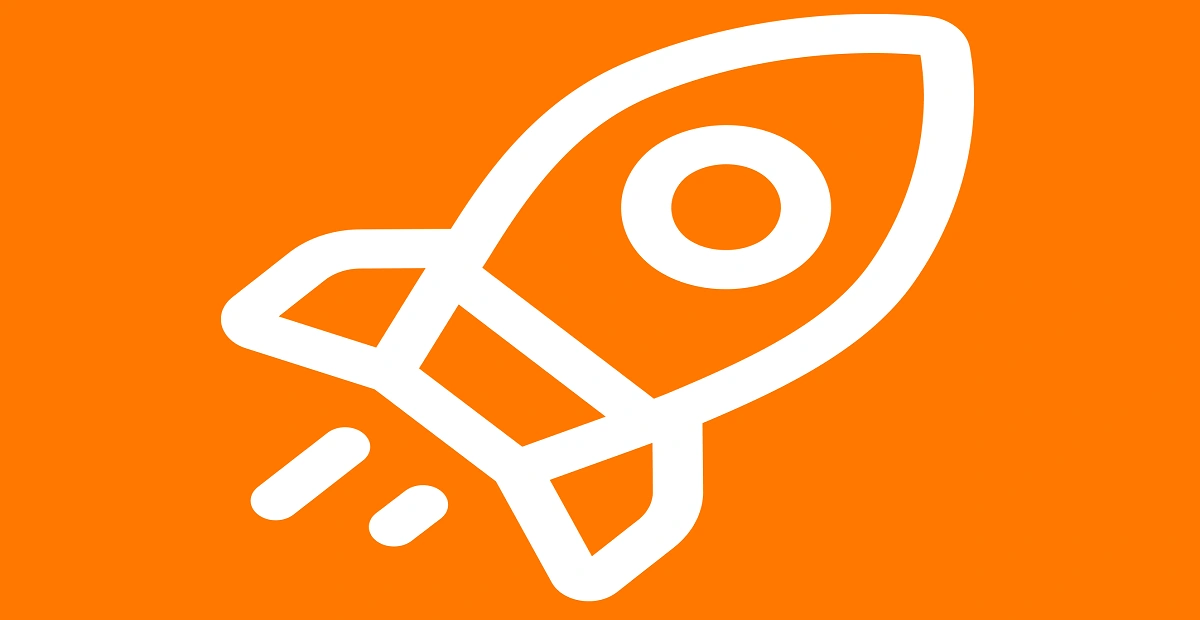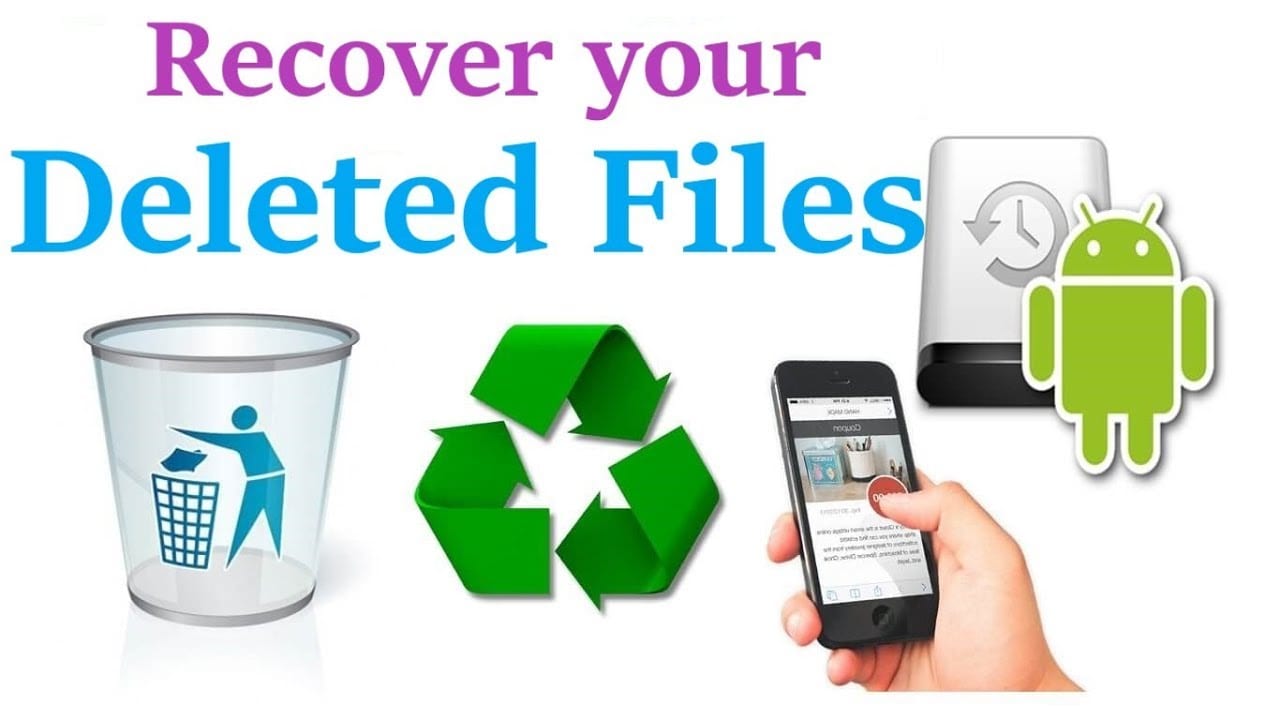How To Fix Bluetooth Peripheral Device doesn’t have a Driver Windows 7
Introduction:
Bluetooth wireless technology has become widespread in computers, mobile devices, and various electronics to connect accessories and peripherals. Bluetooth allows fast, wireless connections between devices without requiring them to be in the line of sight. When you try to pair a Bluetooth peripheral like a mouse, keyboard, headphones, etc. with your Windows 7 PC, you may encounter the error “Bluetooth Peripheral Device doesn’t have a driver Windows 7” issue.
This annoying error prevents you from using Bluetooth devices with your computer. In this detailed guide, we will understand what is a Bluetooth peripheral, what causes this error, and multiple solutions to fix the “Bluetooth Peripheral Device doesn’t have a driver” problem on Windows 7.
What is a Bluetooth Peripheral Device?
A Bluetooth peripheral is an external hardware device designed to work wirelessly with your computer using Bluetooth connectivity. Unlike desktop computer internal components like sound cards, motherboards, etc., Bluetooth peripherals are external accessories that connect to your computer via Bluetooth instead of wires.
Common examples of Bluetooth peripherals include:
- Bluetooth Mouse – A wireless mouse that connects via Bluetooth to your computer. It requires no wires or dongles.
- Bluetooth Keyboard – A wireless keyboard that pairs with your PC using Bluetooth. Allows typing from a distance.
- Bluetooth Headphones – Wireless headphones that use Bluetooth to connect to your computer or smartphone for audio playback.
- Bluetooth Speakers – External speakers that connect wirelessly to your computer using Bluetooth instead of cables.
- Bluetooth Printers – Printers that can connect wirelessly to your PC using Bluetooth connectivity.
- Bluetooth Game Controllers – Wireless gaming controllers and wheels that pair with your computer via Bluetooth.
- Other Bluetooth devices – Fitness bands, smartwatches, Bluetooth in-car kits, and other electronics that use Bluetooth to connect wirelessly.
What Causes the “Bluetooth Peripheral Device doesn’t have a Driver Windows 7” Error?
There are several potential reasons why Windows 7 may show the “Bluetooth Peripheral Device doesn’t have a driver” error when trying to use a Bluetooth accessory:
- Missing Bluetooth Drivers
For Bluetooth peripherals to work, Windows 7 requires their respective drivers to be installed. If the drivers are missing or not present, you’ll see the error message when connecting that Bluetooth device.
- Corrupt or Outdated Drivers
Existing Bluetooth drivers on your system may have become corrupt or outdated over time. This prevents proper communication between Windows and the Bluetooth peripheral.
- Incompatible Drivers
Using generic or incompatible Bluetooth drivers can trigger this error if they don’t match the hardware.
- Disabled Bluetooth Service
The default Bluetooth USB host controller service needs to be enabled and running for Bluetooth devices to work on Windows 7.
- Bluetooth Adapter Issues
Faulty or damaged Bluetooth adapters, USB ports, or motherboard components related to Bluetooth connectivity can cause driver errors.
- PC Firmware Problems
Outdated BIOS/UEFI firmware or incorrect firmware settings may affect Bluetooth drivers and functionality.
- Software Conflicts
Conflicts with anti-virus software or VPN clients can sometimes interfere with Bluetooth services on Windows 7.
Now let’s discuss the step-by-step solutions and troubleshooting methods to resolve the “Bluetooth Peripheral Device doesn’t have a driver” problem on Windows 7.
How to Fix Bluetooth Peripheral Device Doesn’t Have a Driver Windows 7 Issue?
Solution 1: Update Bluetooth Drivers
The initial step in troubleshooting involves verifying driver updates. To update Bluetooth drivers on Windows 7, adhere to these guidelines:
Step 1: Go to Start > Control Panel > Device Manager. Alternatively, press the Windows + R key combination type “Devmgmt. msc” and hit Enter to open Device Manager.
Step 2: In the Device Manager, expand the “Bluetooth Radios” section.
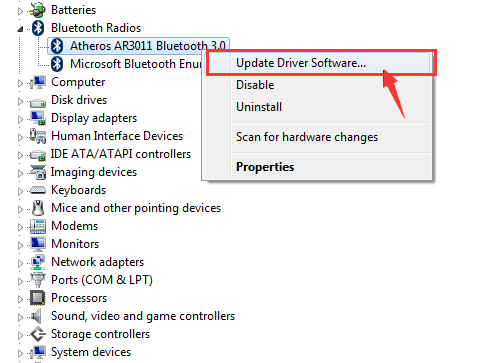
Step 3: Right-click on the Bluetooth adapter and select the Update Driver Software option.
Step 4: Choose ‘Search Automatically for updated driver software’.
Step 5: Restart your computer and check if the Bluetooth peripheral works.
Updating to the latest Bluetooth drivers often resolves driver errors with Bluetooth peripherals. Allow Windows to automatically search online and install the correct drivers from the device manufacturer.
Solution 2: Uninstall and Reinstall Bluetooth Drivers
If updating drivers didn’t help, try uninstalling and reinstalling the drivers by following these steps:
Step 1: In Device Manager, right-click on the Bluetooth adapter and select Uninstall Device.
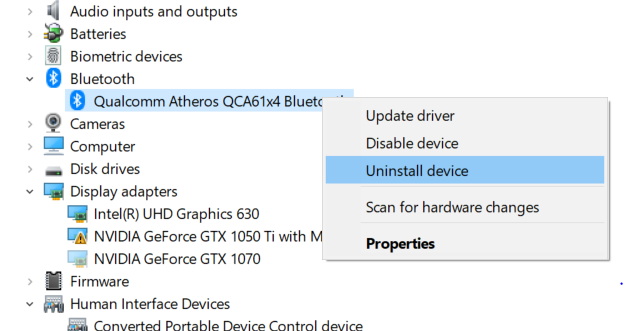
Step 2: Also uninstall any other Bluetooth-related devices shown in Device Manager.
Step 3: Restart your computer and Windows will automatically reinstall the standard Bluetooth drivers.
Step 4: Try pairing your Bluetooth device again.
Reinstalling drivers can fix corrupt, misconfigured, or incompatible drivers that may be causing the issue. This refresh often fixes Bluetooth peripheral driver problems.
Solution 3: Check Bluetooth Service
Step 1: Go to Start type “services.msc” and open the Services management console.
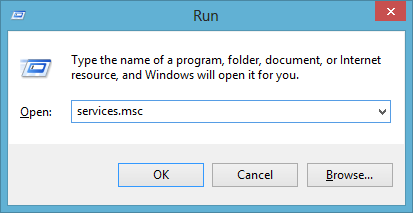
Step 2: Locate the “Bluetooth Support Service” and check its status.
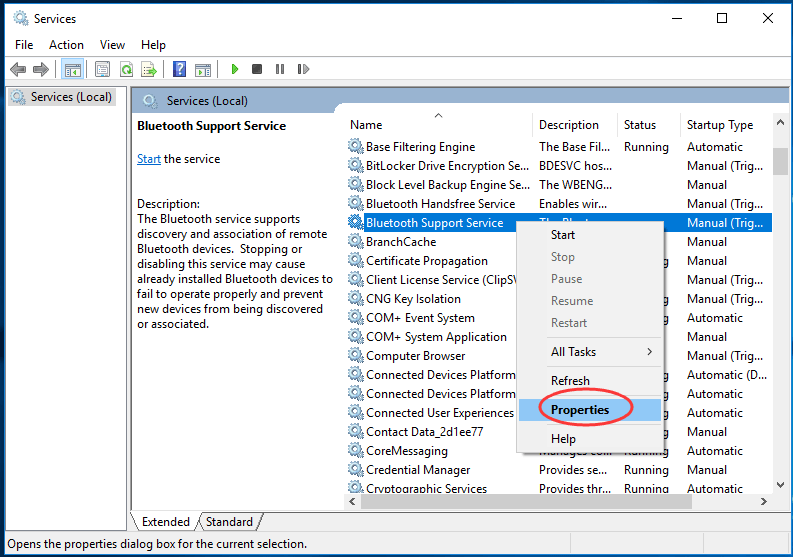
Step 3: If its Status is Disabled or Manual, right-click it, select Properties, and set Startup Type to Automatic.
Step 4: Click Apply, then OK. Restart your PC.
This makes sure the core Bluetooth service is enabled in Windows 7 so your Bluetooth peripherals can function normally. So, try this solution and check if it helps in fixing the Bluetooth peripheral device that doesn’t have a driver Windows 7 error.
Solution 4: Toggle Bluetooth Power Saving Mode
Step 1: Go to Device Manager > Bluetooth adapter properties > Advanced tab
Step 2: Uncheck the option ‘Allow the computer to turn off this device to save power’.
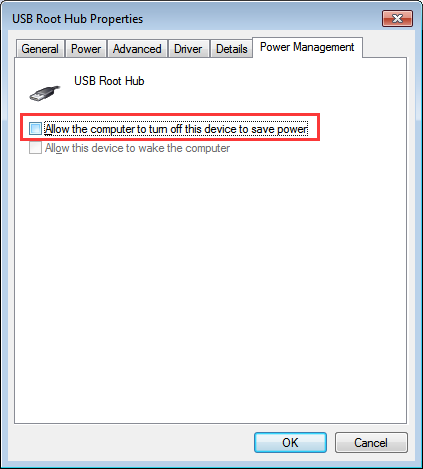
Step 3: Restart your computer and try reconnecting the Bluetooth peripheral.
Turning off the power-saving mode for Bluetooth can resolve intermittent connectivity issues with Bluetooth mice, keyboards, etc. due to power management features.
Solution 5: Update BIOS/Firmware
Verify the manufacturer’s website for any accessible BIOS or firmware updates of your computer. Implement the most recent BIOS update to resolve potential driver errors associated with the motherboard, Bluetooth adapter, or USB functions. Ensure to select the appropriate update compatible with your specific computer model.
Solution 6: Try a Bluetooth USB Adapter
As a last resort, use an inexpensive external USB Bluetooth 4.0+ adapter. Attach it to your computer, install the latest drivers, and try connecting your Bluetooth peripherals. A USB adapter can help determine if the onboard Bluetooth adapter is faulty or needs replacement.
If your devices connect successfully via the external adapter, it indicates a potential issue with the internal Bluetooth hardware. However, if the problem persists, consider checking for interference from other devices or updating the firmware of your peripherals. Additionally, consult the manufacturer’s support for further troubleshooting steps.”
Conclusion
Updating drivers, toggling services, adjusting firmware, or using a USB adapter can help troubleshoot and resolve the “Bluetooth Peripheral Device doesn’t have a driver Windows 7 issue” Follow the solutions step-by-step to identify and fix the underlying problem. This will allow you to successfully use wireless Bluetooth peripherals like headsets, gamepads, keyboards, mice, and other accessories with your Windows 7 PC.
Popular Post
Recent Post
How To Connect to Your PC Remotely Windows [Complete Guide]
Many people need to reach their computer from far away. Well, yes! It may be for work, study, or personal use. Remote access helps you open files, use your apps, and control your system even when you are not near the device. It gives you the comfort of using your computer anywhere through the internet. […]
How To Connect to a Wi Fi Using a QR Code: Latest Guide
Wi-Fi is now a basic part of our lives. We use it at home, in offices, schools, and public places. But typing long passwords every time you connect can be annoying. Sometimes you might even forget your Wi-Fi password. That is where QR codes come in handy. With QR codes, you can connect to any […]
How To Connect a Wireless Printer Easily to Windows 11/10 PC
Printing tasks are part of most home and office work today. Isn’t it? Well, yes! Using a wireless printer makes printing easier and faster because you don’t need cables. It allows you to print documents and images from any corner of your room as long as your device and printer are connected to the same […]
How To Connect Your Windows 11 PC to a Projector or Another PC
A bigger screen can help you share your work with others. When you connect your Windows 11 PC to a projector, your screen becomes easier to view in a meeting room, classroom, or home. You can show slides, videos, notes, or entertainment. Most people do this for work or study, but it is also helpful […]
How To Set Up Dual Monitors Easily Windows 11/10: Complete Guide
Working with one screen can feel limiting. You switch between apps constantly. Your workflow slows down. A dual monitor setup changes everything. It gives you more space to work. You can see multiple things at once. This guide shows you how to set up dual monitors easily on Windows systems support. Windows 11 and Windows […]
How to Set Your Preferred Default Printer On Windows 11/10: Complete Guide
Printing documents should be simple. But many users struggle with their printer settings. Windows often picks the wrong printer as the default. This creates delays and wastes paper. Setting up your preferred printer as the default saves time. It prevents printing errors. This guide shows you how to set your preferred default printer Windows systems […]
Ashampoo WinOptimizer Review: Can It Really Speed Up Your PC?
Is your computer running slowly? Do programs take forever to load? You’re not alone. Millions of PC users face this problem daily. Ashampoo WinOptimizer claims it can fix these issues. This software promises to clean junk files, boost speed, and make your computer run like new. But does it really work? Or is it just […]
Screen Mirroring | Screen Cast Phone to Laptop Windows 11
screencast phone to laptopScreen mirroring is a great way to show your phone’s screen on a laptop. Right? Whatever you see on your phone, videos, games, apps, it shows up on the bigger screen too. It’s great for watching with friends, sharing ideas, or just getting a better view. Lots of people think it’s hard […]
Avast Cleanup PC Cleaner and Optimizer: Everything You Need to Know
Your computer gets slower over time. This is normal but frustrating. Files pile up. Programs start automatically. Your PC takes forever to boot up. You need a solution that works. Something simple but effective. Avast Cleanup promises to fix these issues. But does it really work? This guide covers everything about Avast Cleanup. You’ll learn […]
How to Recover Permanently Deleted Files in Windows 10/8/7
Losing important files can feel like a disaster. Well, yes! Maybe you deleted something by accident. Maybe you emptied the Recycle Bin a little too quickly. Suddenly, that crucial document or cherished photo seems lost forever. But take a deep breath. Windows 10 (and even 8 or 7) offers powerful ways to recover permanently deleted […]
















